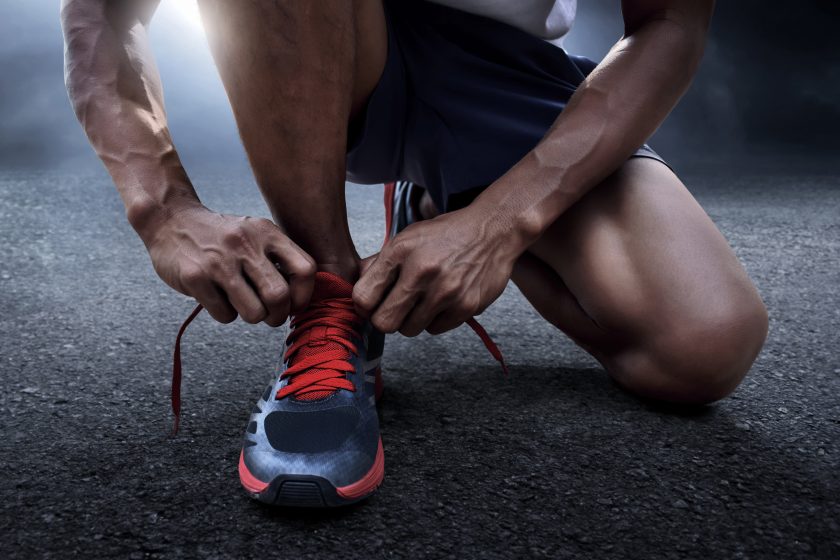
The Need For Speed Series: Part 1 “You Only Get Out What You Put In”
There has never been an athlete who thought they were too fast. Therefore, there is always a “need for speed”. Whether you are looking to steal a base, score a try or run a marathon; running is a skill that can be taught and running faster is a quality that can be developed.
The National Strength & Conditioning Association (NSCA) identifies the acceleration phase, the top speed phase and the deceleration phase as the primary phases of sprinting.
- The acceleration phase as when the body gradually straightens, strides lengthen and front-side mechanics are stressed (e.g., leg action that occurs in front of the body).
- With appropriate positioning, the top speed phase is characterised by an upright trunk, level head, and maximal hip height-approximately perpendicular to the torso during a maximal-effort run.
- The deceleration phase allows athletes to transition between acceleration or maximal velocity to change direction, based on what the sport dictates.
To develop the quality of “Running Faster”, we need to develop the 4 P’s :
(as described by Loren Landow)
- Posture: A 45 degree lean during acceleration or upright during top speed
- Placement: Foot contact must be under the hips & pelvis
- Position: Ball of the foot contact with the ground
- Patterning: The ability to repeat P1-3 consistently
Within each of the 4 P’s, there are multiple aspects:
- First up is the biomechanical aspect which relates to the force/speed component of sprinting, that can limit even perfect mechanics.
- Watch the video below for more detailed information on the biomechanical aspect.
If you’re interested in how we develop the biomechanical aspect, watch the video below for an exert of a recent staff training session.
The coordination aspect relates to all of the 4 P’s:
- Do you have enough mobility to move to the positions needed and do your muscles have enough flexibility to allow movement through the necessary range of motion?
- Can you do these things repeatedly?
The energetic aspect relates to neuromuscular endurance as well as the cardio-vascular endurance to repeat the movement as many times as needed for the demands of your sport, to both perform and avoid injury. This is when many soft tissue injuries (such as hamstring strains) occur in team sports-the inability to run fast properly (regarding the biomechanical and coordination aspects of speed), but trying to do so anyway, under extreme fatigue, due to the demand of the scenario.
Hopefully that gives you a better understanding of the different phases and aspects of speed. If you are looking to improve your quality of life or perform better with your sport then feel free to book in with our team. This will make sure you have the best chance of achieving these goals by getting a thorough assessment and an individualised program.
To book an appointment click the ‘Book Now‘ button!
Book an Appointment Now
For more information on running, click the link below!
More Information on Running!



